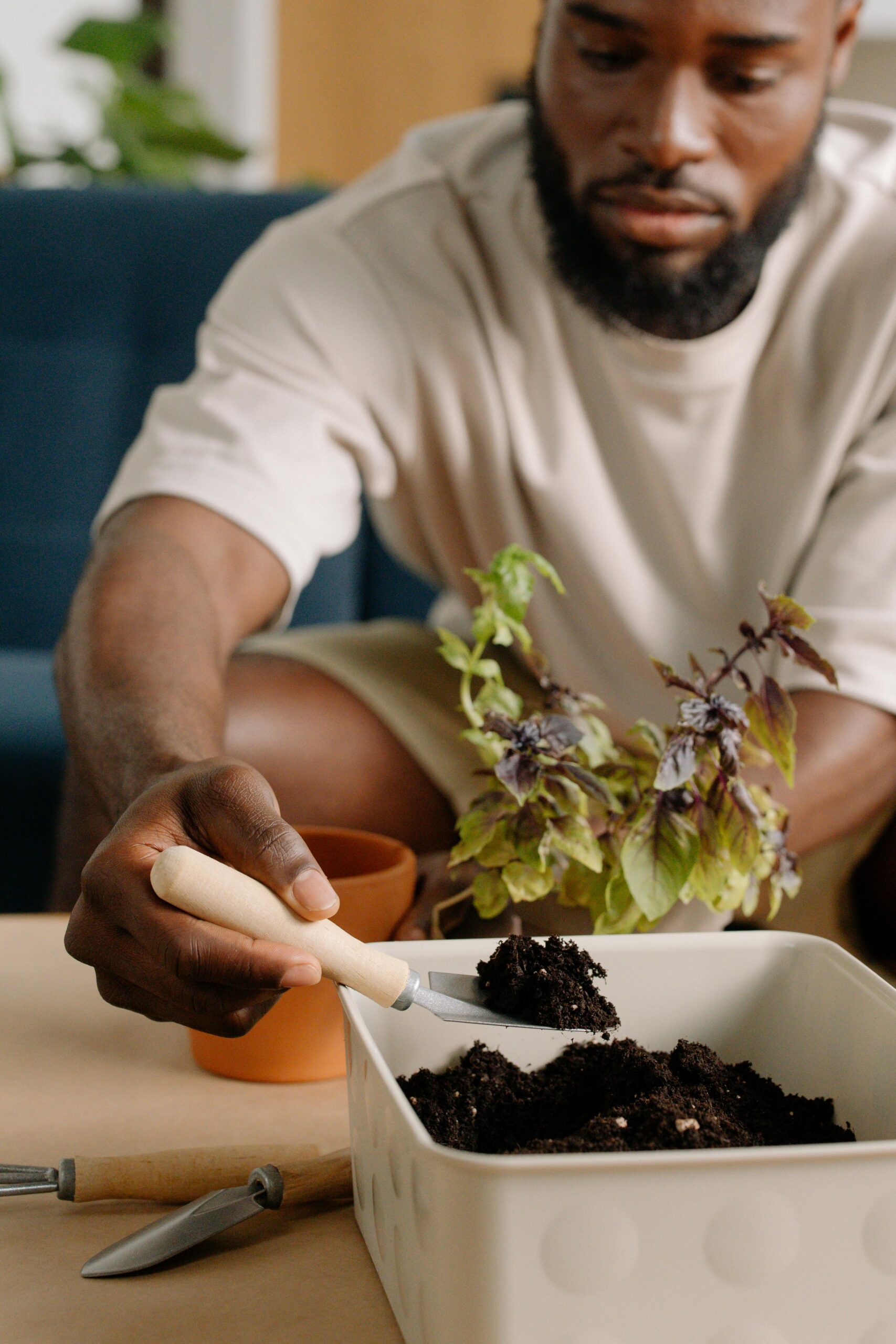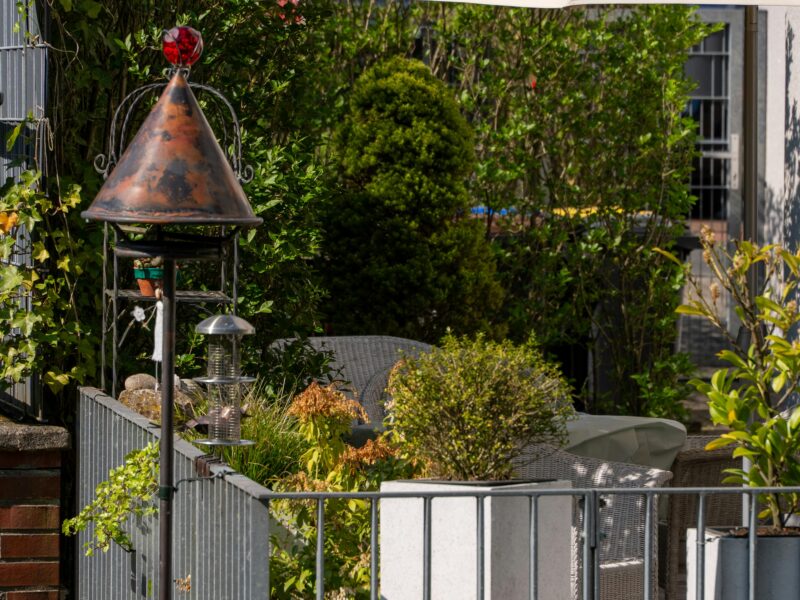Container gardening is one of the easiest and most creative ways to bring color and life to any space—whether it’s a sprawling patio, a sunny balcony, or a cozy front porch. But designing a container garden that looks professional takes more than just placing random plants in a pot. It’s about creating visual harmony, layering textures, and choosing plants that thrive together.
If you’ve ever wondered how designers pull off those magazine-worthy planters that seem to burst with color and balance, here’s how to achieve the same results at home. With the right mix of structure, contrast, and care, your containers can look just as polished and vibrant.
1. Start with the Right Foundation
Every great container garden begins with a plan. Before you start shopping for plants, choose the right container for your space and your vision. The container’s shape, size, and material will influence both the look and the health of your plants.
Make sure your container has proper drainage holes and is large enough for roots to grow comfortably. Larger pots hold moisture better and allow for more creative combinations.
Choose a container color that complements, rather than competes with, your plants. Neutral tones like terracotta, black, or beige let the flowers take center stage, while bold-colored pots can serve as focal points in minimalist settings.
2. Follow the “Thriller, Filler, Spiller” Formula
Professional gardeners often use this classic design rule when creating visually balanced containers: Thriller, Filler, and Spiller.
- Thriller: The star of the arrangement—the tall, attention-grabbing plant that adds height and structure. Examples include ornamental grasses, canna lilies, or cordyline.
- Filler: The supporting cast—plants that fill in the middle layer with texture and color. Think petunias, coleus, or geraniums.
- Spiller: The finishing touch—trailing plants that cascade over the edge of the container, softening lines and adding movement. Great options include sweet potato vine, ivy, or trailing lobelia.
This simple formula guarantees a dynamic and cohesive arrangement, no matter your color palette or plant preference.
3. Choose a Cohesive Color Scheme
A beautiful container garden tells a visual story. Too many unrelated colors can make a pot look chaotic, while a well-chosen palette looks deliberate and sophisticated.
Decide on a theme before planting:
- Monochromatic: One color in varying shades, like pink geraniums, fuchsia petunias, and pale pink calibrachoa.
- Complementary: Opposite colors on the color wheel, such as purple and yellow or red and green, for high contrast.
- Analogous: Neighboring colors, like blue, violet, and pink, for a soft, blended effect.
Foliage color is just as important as flowers. Variegated leaves, silver tones, or deep purples add texture and visual interest even when blooms fade.
4. Balance Texture and Shape
A professional-looking container relies on contrast in leaf shape and texture. Pair broad, bold leaves with finer, delicate ones. For example, mix large hosta leaves with airy ferns or tall ornamental grass with trailing verbena.
Texture balance keeps the eye moving and adds depth to your design. Don’t forget to consider the overall silhouette—tall, medium, and trailing shapes should work together in a balanced triangle rather than compete for attention.
5. Match Plants by Needs
Even the prettiest combination will fail if your plants have different care requirements. Always pair plants with similar sunlight, water, and soil preferences.
Sun-loving plants like petunias, marigolds, and zinnias thrive together, while shade-loving impatiens, ferns, and begonias make great companions in cooler areas. Grouping compatible species ensures your container stays healthy and lush all season long.
6. Feed, Water, and Refresh
Container plants depend entirely on you for nutrients and water, so consistent care is crucial. Water deeply whenever the top inch of soil feels dry, and feed your plants every two to four weeks with a balanced, water-soluble fertilizer.
To keep your arrangement looking its best, deadhead spent blooms, trim leggy growth, and replace any tired plants as the season progresses. Think of your containers as living art—they evolve and need a little touch-up now and then.
7. Don’t Be Afraid to Experiment
Part of the fun of container gardening is the freedom to experiment. Try unexpected combinations—like pairing herbs with flowers or mixing edibles and ornamentals. A pot of basil, marigolds, and nasturtiums can be both beautiful and useful.
Each season gives you a chance to redesign your containers with new plants, colors, and textures. The more you experiment, the more confident you’ll become in your design instincts.
Designing container gardens like a pro isn’t about following rigid rules—it’s about creating balance and joy. With a few smart principles and some imagination, you can turn any pot into a miniature masterpiece.
Start small, observe what works, and let your containers tell your personal story through color, texture, and growth. Soon, you’ll have a collection of thriving, eye-catching arrangements that transform your home into a living gallery of blooms.


